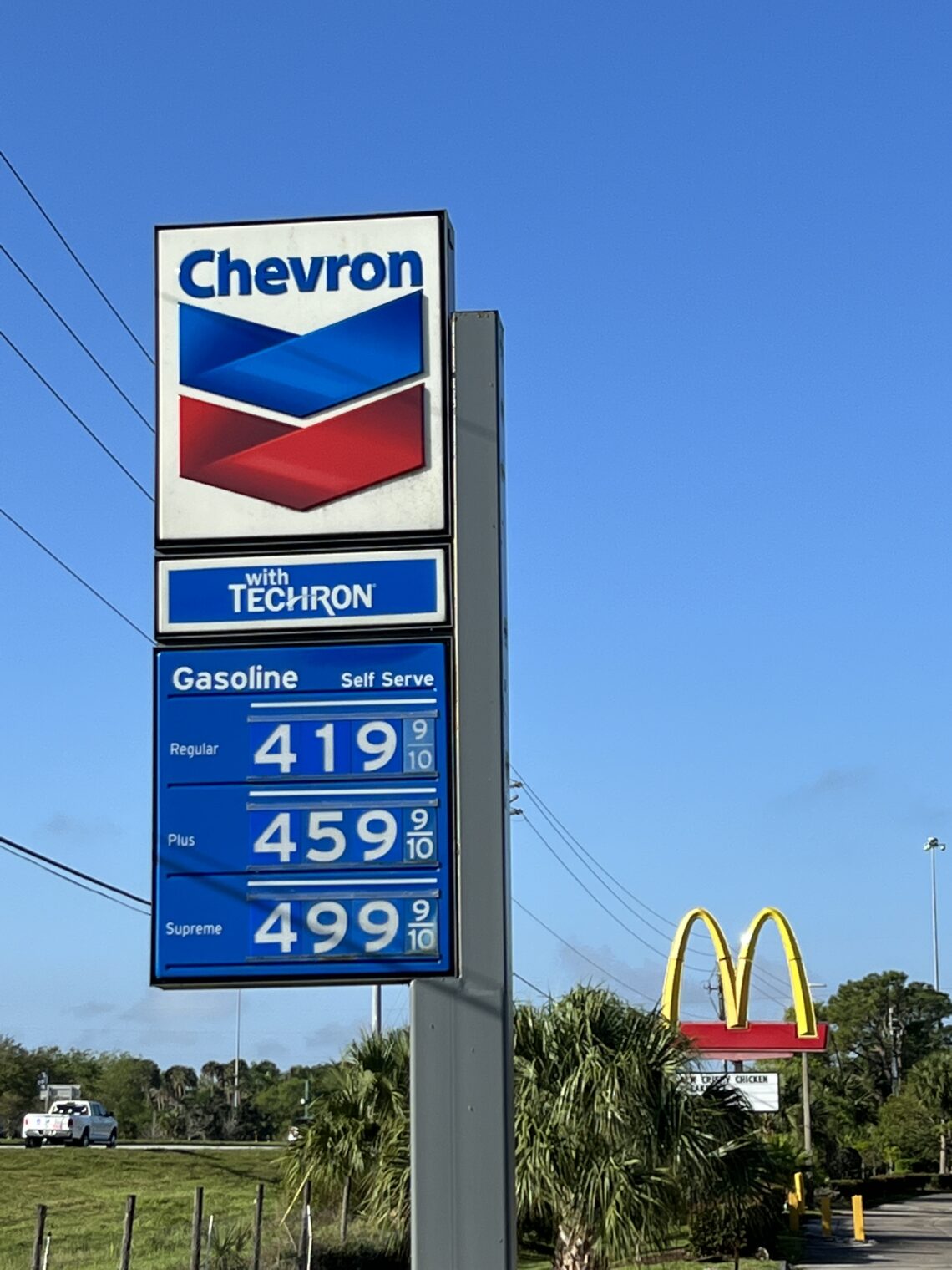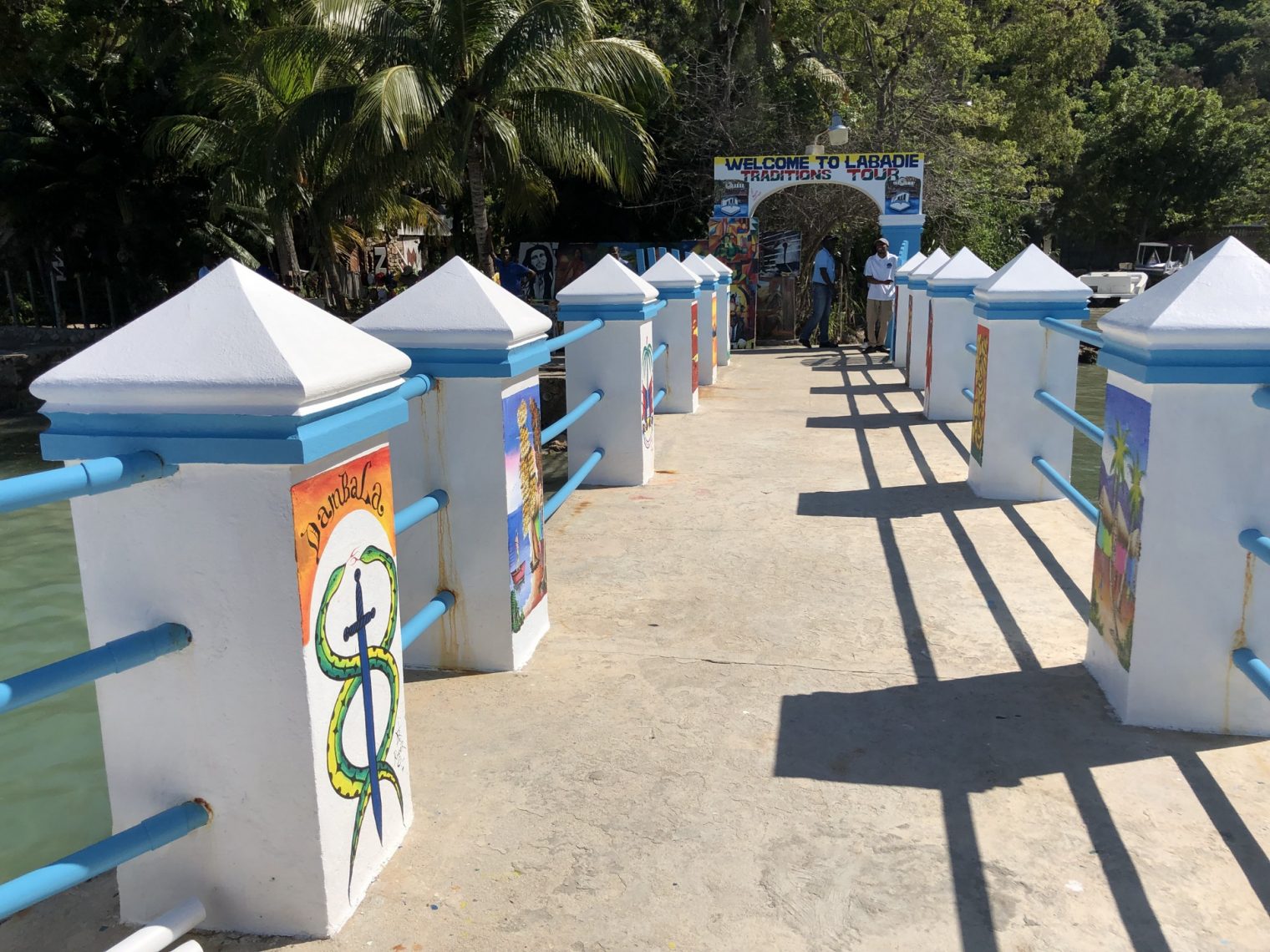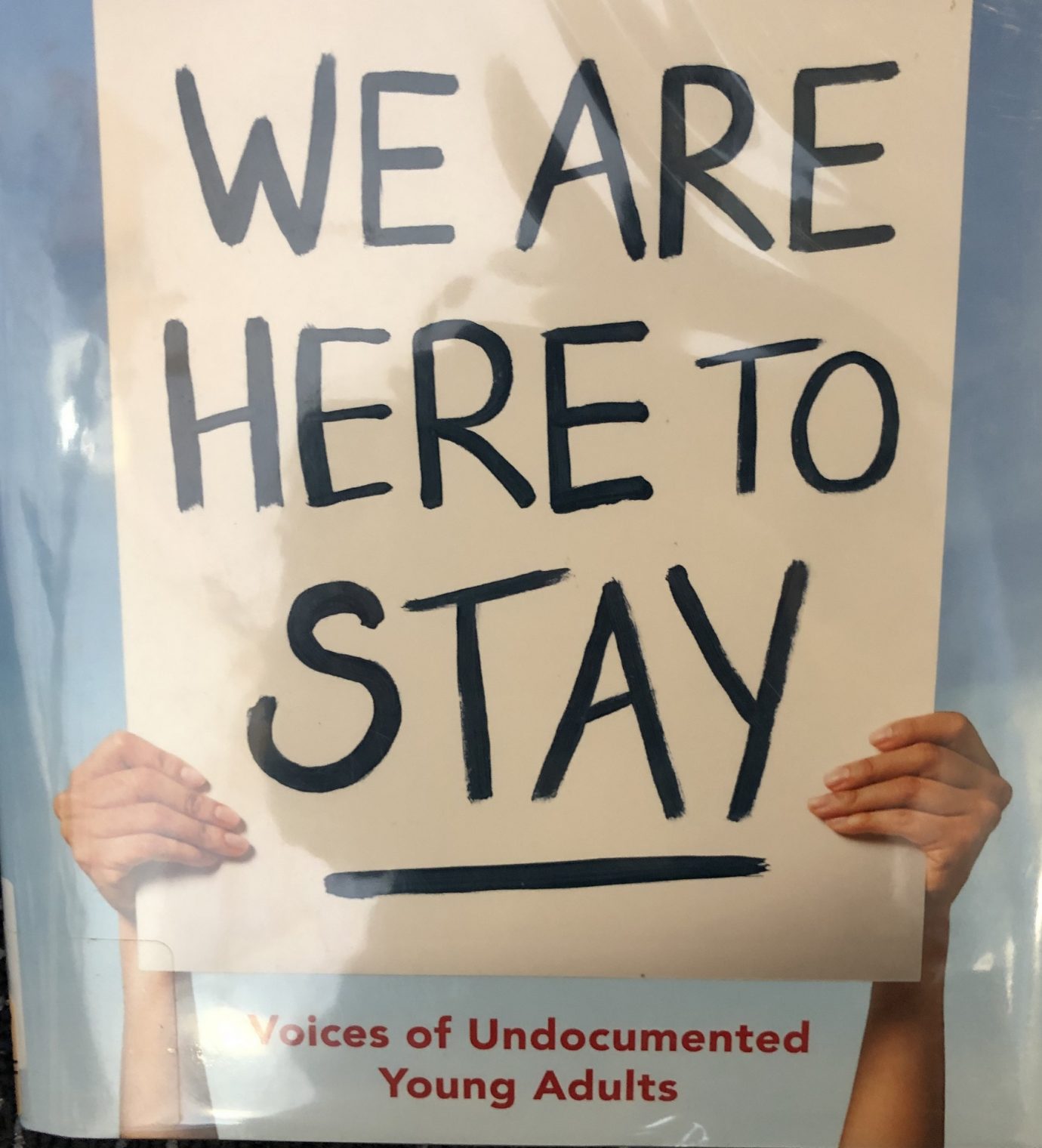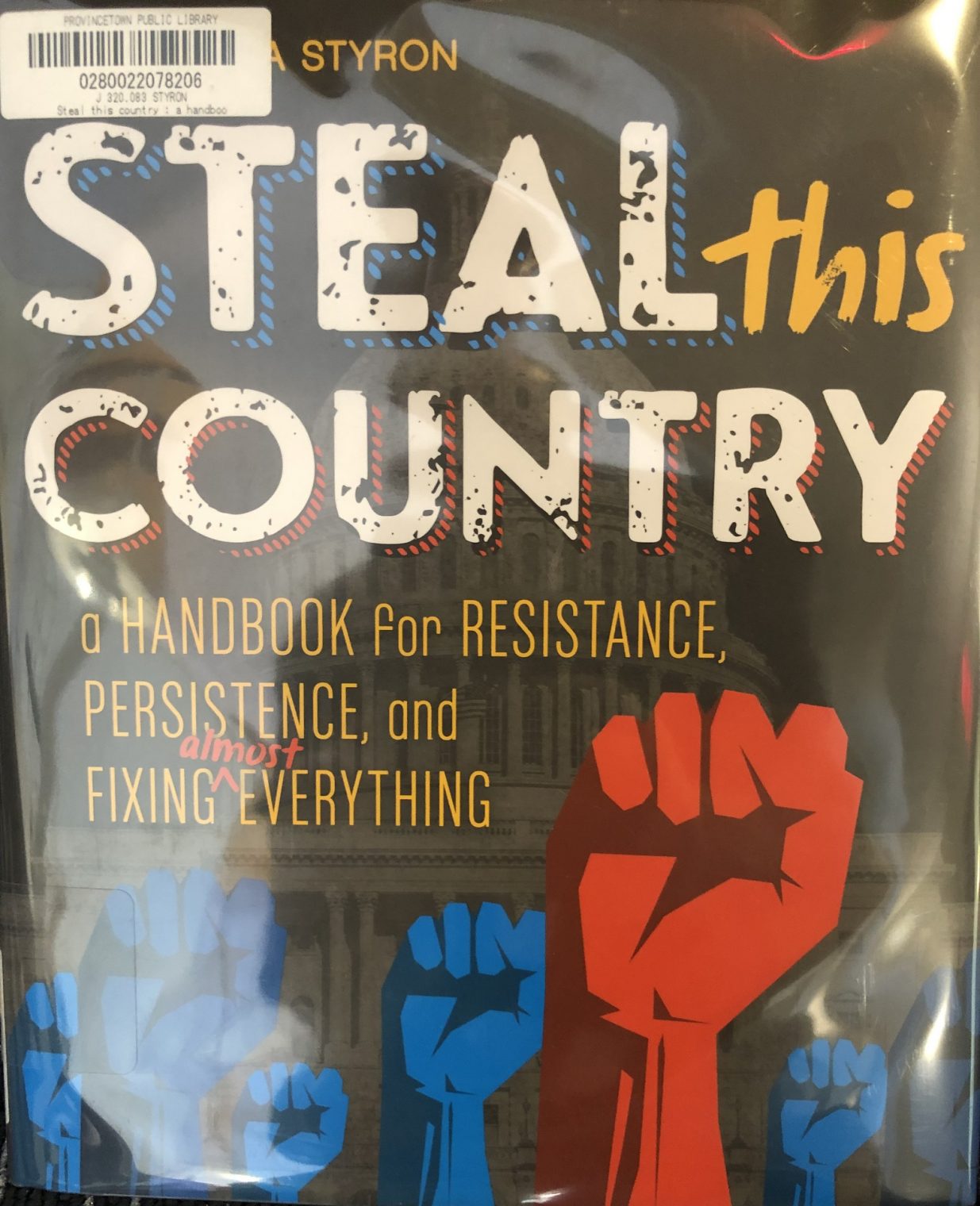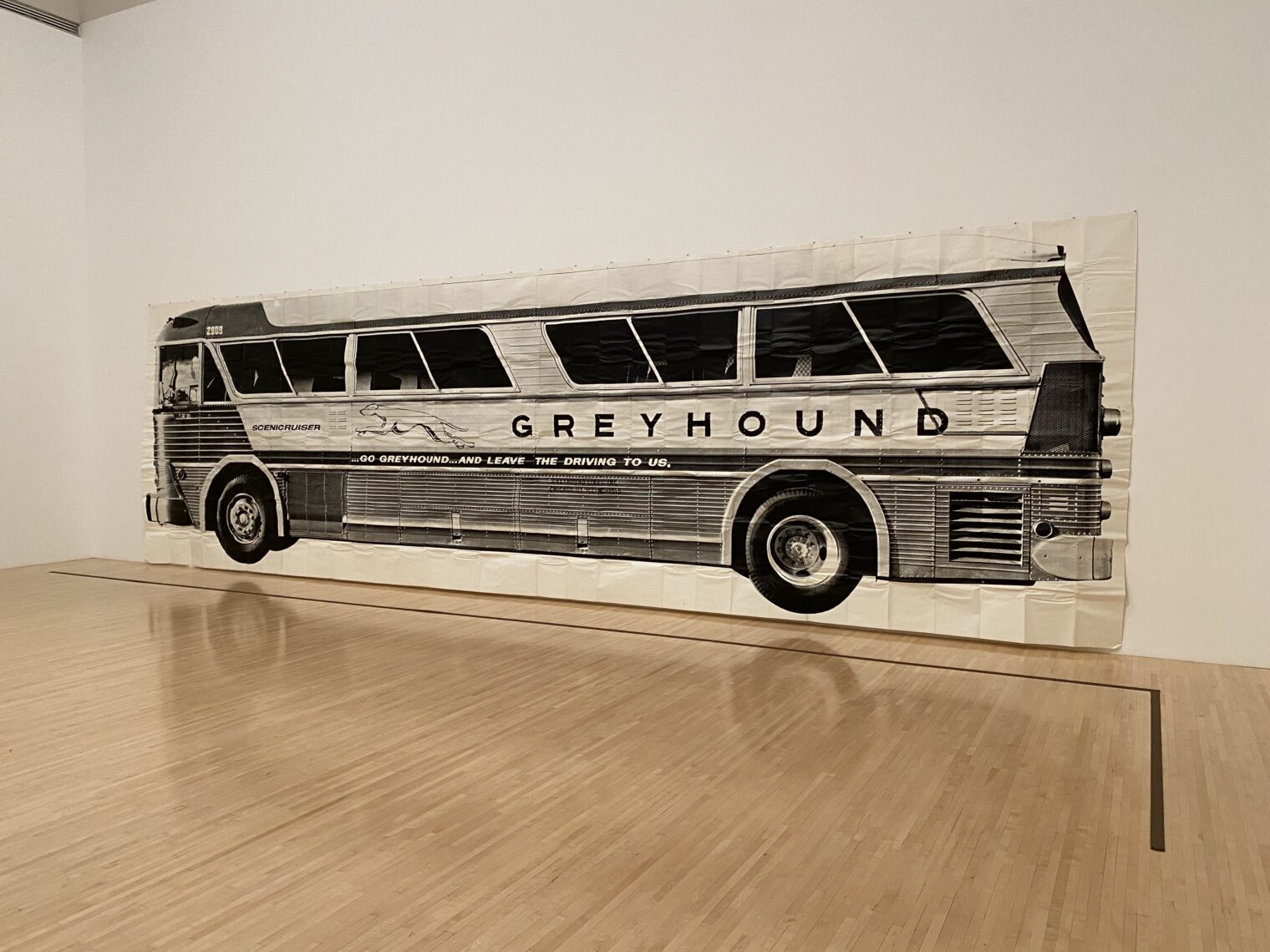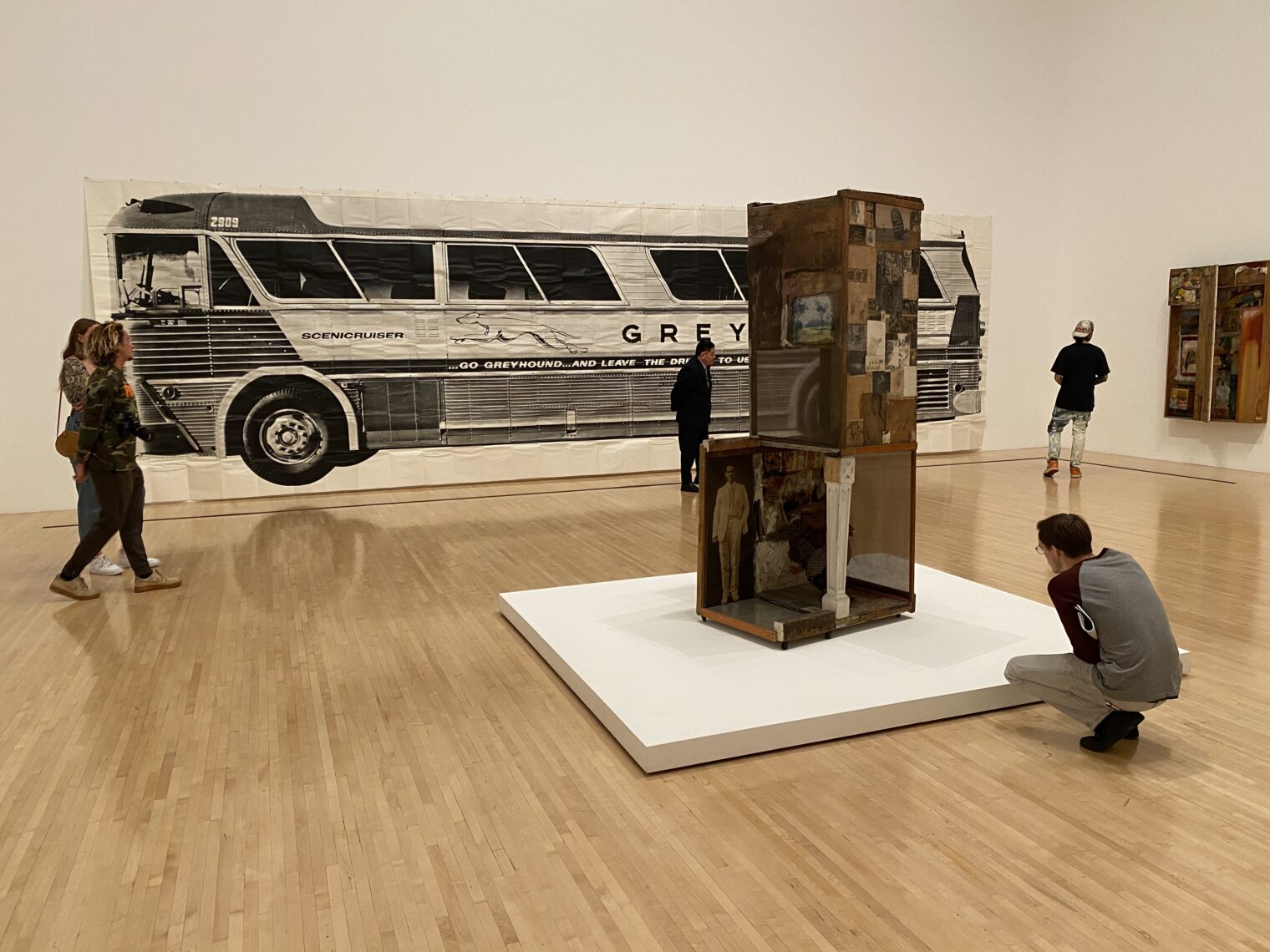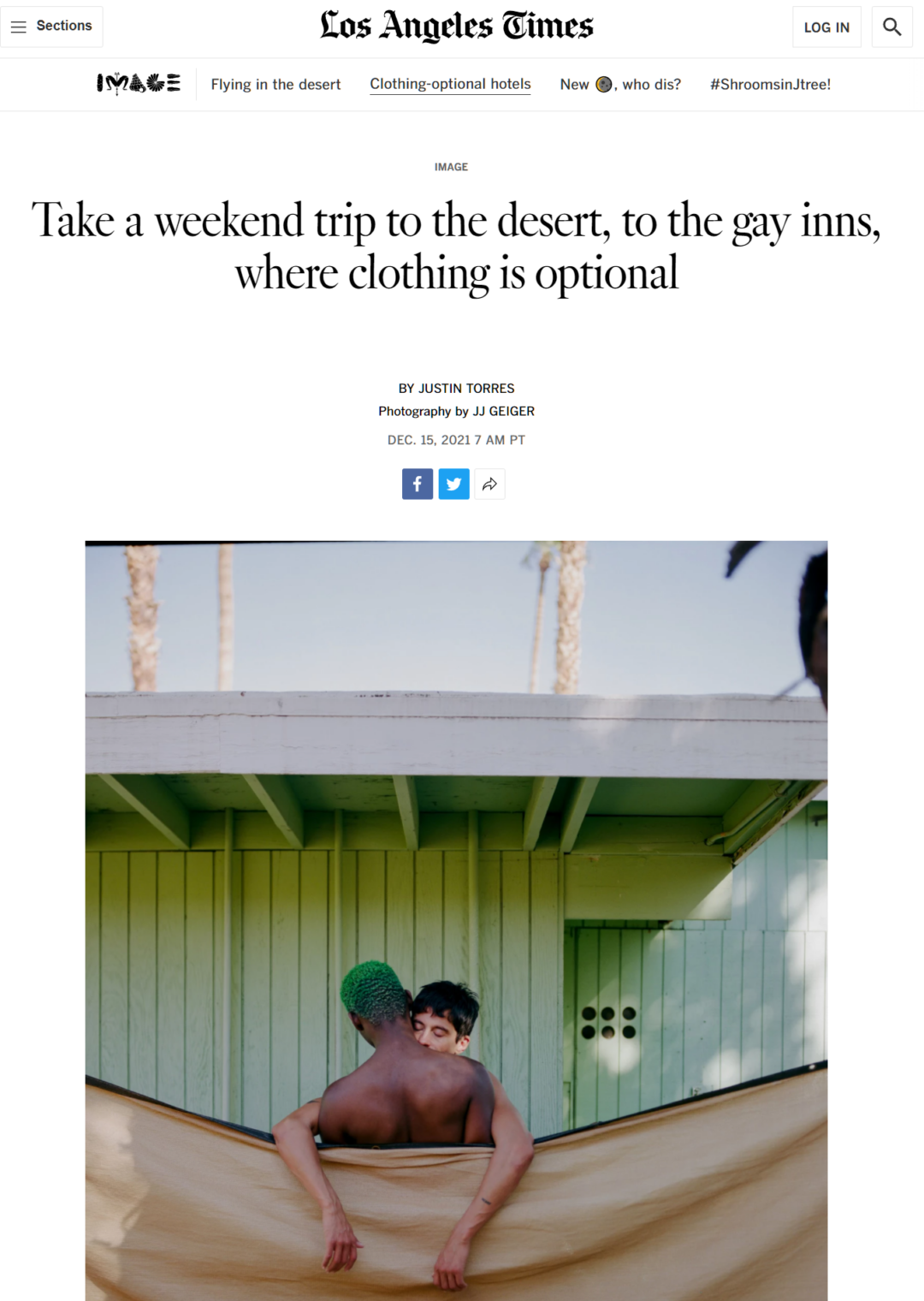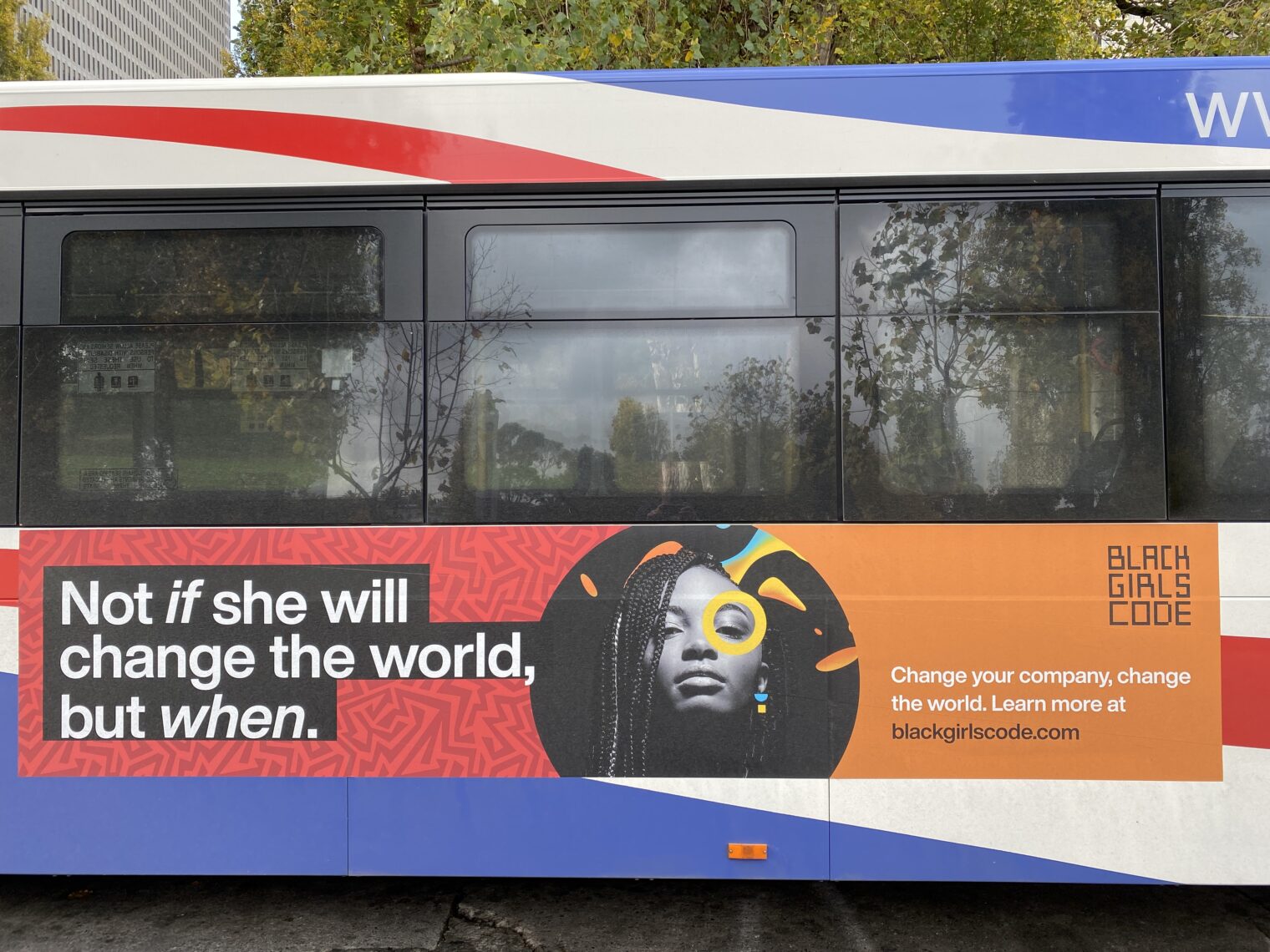Why are residents of Democrat-run states so upset by the leaked Supreme Court draft regarding Roe v. Wade?
Friends in Maskachusetts, New York, and California have been raging against the potential for the Supreme Court to overturn Roe v. Wade, thus enabling states to make their own laws regarding abortion. They say that they would personally suffer from any change in the status quo and that, in particular, they would lose their “freedom.”
Why I find this confusing is that the same people say that they will never visit a Republican-influenced state. So I don’t see how the abortion laws that prevail in the 28 states that are officially boycotted by San Francisco could cause them any personal suffering.
Here’s a Facebook exchange example:
- me: How would someone in California experience any of the feared changes as a result of forthcoming Supreme Court decisions? How many California Democrats will ever visit, for example, Arkansas? Or talk to anyone in Arkansas?
- Bay Area Righteous: Ha! It’s not just because of abortion. I’d be hard pressed to visit you in Florida, Philip, but not because of you. 🙂 Between humidity, anti-abortion, guns and…DeSantis (!), why would I? Okay, I’m being a bit snarky, but in general I do have more interest in visiting the more liberal parts of the country and the world. Well, that’s not entirely true. In the past 11 years I’ve visited Egypt, Turkey and Jordan (among other places).
- me: Were you upset that abortion was strictly illegal in Egypt? Or how about Costa Rica, a much more popular vacation destination for Californians than most of the states where the Supreme Court’s return of this issue to the states would result in the law being changed? Do Californians protest the illegality of abortion in Costa Rica?
- Bay Area Righteous: I was “upset” about all sorts of things in Egypt. We were in Cairo on January 25, 2011, the day the revolution began there. Learned a lot about their oppressive regime at the time. And since. But the difference (same for Costa Rica) is that it’s not our country. We have no standing there. The same is true about Arkansas, but unlike Costa Rica, we do have political interactions with Arkansans. We both vote for people in the House, Senate, White House, etc. Arkansans have influence over federal aspects of Californians. That’s not so for Costa Ricans.
- Bay Area Righteous: I don’t avoid Arkansas only because of their stance on abortions.
- me: So you would celebrate every additional abortion in Arkansas because it would mean one fewer person who could potentially vote for policies that you don’t like at the national level?
- Portland (Oregon) Righteous friend of the Bay Area Righteous guy: master of the straw man! I’m against the upcoming ruling. It limits freedom and will likely pave the way to erosion of more freedoms. And until the crowd that applauds the decision also works for the rights and needs of the born, then I’ll gladly continue being sanctimonious.
- me: How would [our mutual friend in San Francisco’s] freedom be limited by the Supreme Court saying that abortion was not a federal matter? Wouldn’t it be increased? The California legislature and Gavin Newsom would be free to establish any laws (or no laws) related to abortion that they desired. Or are you saying that Californians will somehow vote themselves into slavery (“un-freedom”) at the state level? ([our friend] has already explained that, even prior to this leaked draft, he was boycotting any state that he does not consider to be “liberal” so he is not going to travel to any place where a Republican might have any influence on abortion laws.)
- Portland Righteous: I don’t really care about how this law affects [our friend]. It’s likely that any actual effects will be limited to his relations living in affected states. Though he might change his actions by giving more to pro-choice causes and maybe even host an abortion refugee from one of the affected states. It might affect other California residents who might consider relocation — depending on their level of tolerance for increased state scrutiny of reproductive rights. Being an Oregon resident, my state is actively supporting Idaho residents in need of abortion services though money and hosting. Anyway, bummer about how the state is getting all up in people’s business.
- me: why do [our friend’s] relations choose to live in states that [our friend] had found (well prior to 2022) sufficiently deplorable to boycott and never visit?
- me: the effects that you cite on OR and CA residents all sound positive to me. You now have a charitable cause that you believe in. When you take in a refugee or give money you will feel better about yourself and your life. See “Being Generous Really Does Make You Happier” (TIME) for some references.
Given that, from these Democrats’ point of view, the U.S. is already functionally split up into at least two countries (one good and one bad), why is the availability of on-demand abortion in the bad sub-country of more interest to someone who lives in the good sub-country than the availability of on-demand abortion in, say, Costa Rica? (the latter being a matter of no interest at all to the people who are outraged regarding the potential unavailability of abortion in Idaho)
Another example, this time from a woman in her early 50s who lives in Maskachusetts (she divorced her husband some years ago and therefore is not subject to male supervision):
- Boston Righteous: A heartfelt “fuck you” to everyone who told me I was overreacting in November 2016″
- “Joseph”: Wait you’re in Mass they will always allow abortions your reaction has no context
- Boston Righteous: the fact that I happen to live in a state currently governed by sane people doesn’t negate the fact that as a fundamental rule, it’s not a problem to restrict my rights as a human being. The fact that some people don’t see that as a huge issue is repugnant.
- Righteous Maryland female: The fact that you actually think [Boston Righteous]’s reaction “has no context” just illustrates the incredible privilege from which you are able to view this issue. You have absolutely no idea of the effects of this decision. Your rights have never been threatened. your gender has shielded you from many horrible things that women deal with every single day. to say that because [Boston Righteous] lives in Massachusetts and has no context for reacting to this issue is unbelievably insensitive and ignorant. If you don’t remember, [Boston Righteous] has a daughter. Perhaps her daughter may choose to live in another state at some point. … please, try to see that not everyone has the incredible entitlement that you apparently have. [But why would the daughter of a sane person who votes for sane politicians choose to live in a Red State?]
- me: Where are the geographical limits of your concern? You’ve said that your concern extends beyond Massachusetts. Does it extend to Costa Rica where abortion is strictly illegal? If you accept that Costa Ricans can make different choices for their laws in this area than voters in Massachusetts have made, why can’t you accept that voters in Arkansas or North Dakota make different choices from yours?
- Boston Righteous: I am quite aware of the atrocious laws against women’s rights in other countries. I had always believed that my country was better in this regard. Silly me, apparently. [Other than prejudice, what is our basis for thinking that that our country is better?]
- me: Now that we’re deep into globalization I can’t figure out why an issue “in my country” is more critical than the same issue across a border that has become arbitrary. (It might be the case that people who live in Massachusetts are more likely to visit Costa Rica than to visit North Dakota or Arkansas. That wasn’t true before the Jet Age.) About 30% of residents of Massachusetts are immigrants or children of immigrants. They’re probably more connected to various foreign countries than they are to Arkansas or North Dakota.
- Boston Righteous: I didn’t say that I didn’t care. But it’s substantially more personal now that it impacts me. Which of course you realize but for some reason are being obtuse.
- me: I actually don’t understand how the laws of states other than Massachusetts impact you, any more than do the laws of other countries. Separately, Happy Mother’s Day!
- Boston Righteous: because I’d rather not be trapped in MA? Because I’d rather my children not be trapped in MA? Because I’d prefer that the country of which I am a citizen doesn’t allow individual states to treat its residents as second class citizens? Weirdest conversation ever….. and finally, I’m not a jackass who only thinks of herself. I fully realize that as a wealthy, white woman, none of this REALLY matters to me personally. I can buy my way out of whatever I’d need. But I realize that makes me very, very privileged, and I don’t want others to suffer because they are not in the same boat. And frankly, just because. This is obscene and any rational person knows it.
- me: people who love the Massachusetts laws are already unable to move to a lot of other states. Consider that Massachusetts shut down schools for more than a year and kept marijuana stores (“essential”) open, then ordered kids to wear masks in schools. Shutting down a school is illegal in Florida. A school system ordering children to wear masks is illegal in Florida (not against a governor’s order, but against a statute passed by the legislature). Running a recreational marijuana store is illegal. Is there a Red State that you would have previously considered moving to and now must be crossed off the list? … that circles back to my earlier point. If it is about concern for others, why not be upset about the unavailability of abortion after 12 weeks in Germany? (I never have heard you mention this.) That’s a population of more than 80 million under a law that you consider intolerable. And you would be willing even to support Germany by traveling there and spending money?
I remember her talking enthusiastically a few years ago about a vacation trip to Germany, which is why I picked that land of oppression for people who might become pregnant (to avoid inflaming the above folks, I did not point out their cisgender-normative prejudice in assuming that abortion is somehow an issue particular to “women” and did use the pregnant man emoji, though I was dying to do so.
I do find it genuinely confusing that folks in Maskachusetts, California, New York, and other states with sane government want a uniform national law. First, wouldn’t the Supreme Court just strike down any such law if the draft opinion turns into a final opinion? If this is a matter for states to decide, what difference does it make what Congress and Joe Biden do? Second, if this were a matter of federal policy, why do they think that the federal policy would allow as many abortions as MA, CA, and NY law allow? If the federal policy is set to some sort of consensus opinion, wouldn’t it more likely end up being kind of an average of current state policies rather than all the way at one extreme (abortion allowed at 37 weeks in Maskachusetts, for example)?
Finally, look at all of the times that the concept of “privilege” comes up in the Maskachusetts-centered conversation. This is why people need to attend liberal arts colleges. How else would they decode and participate?
Related:
- “I’m a Pro-Choice Governor, and I’m Not Going to Sit on My Hands Waiting for Congress” (NYT, May 9) is a little more advanced than the above. Gretchen Whitmer says that he/she/ze/they hates the abortion laws of Michigan, the very state where he/she/ze/they lives and governs. Instead of asking the still-in-session legislature to pass a new law reflecting the will of the people of Michigan, Governor
